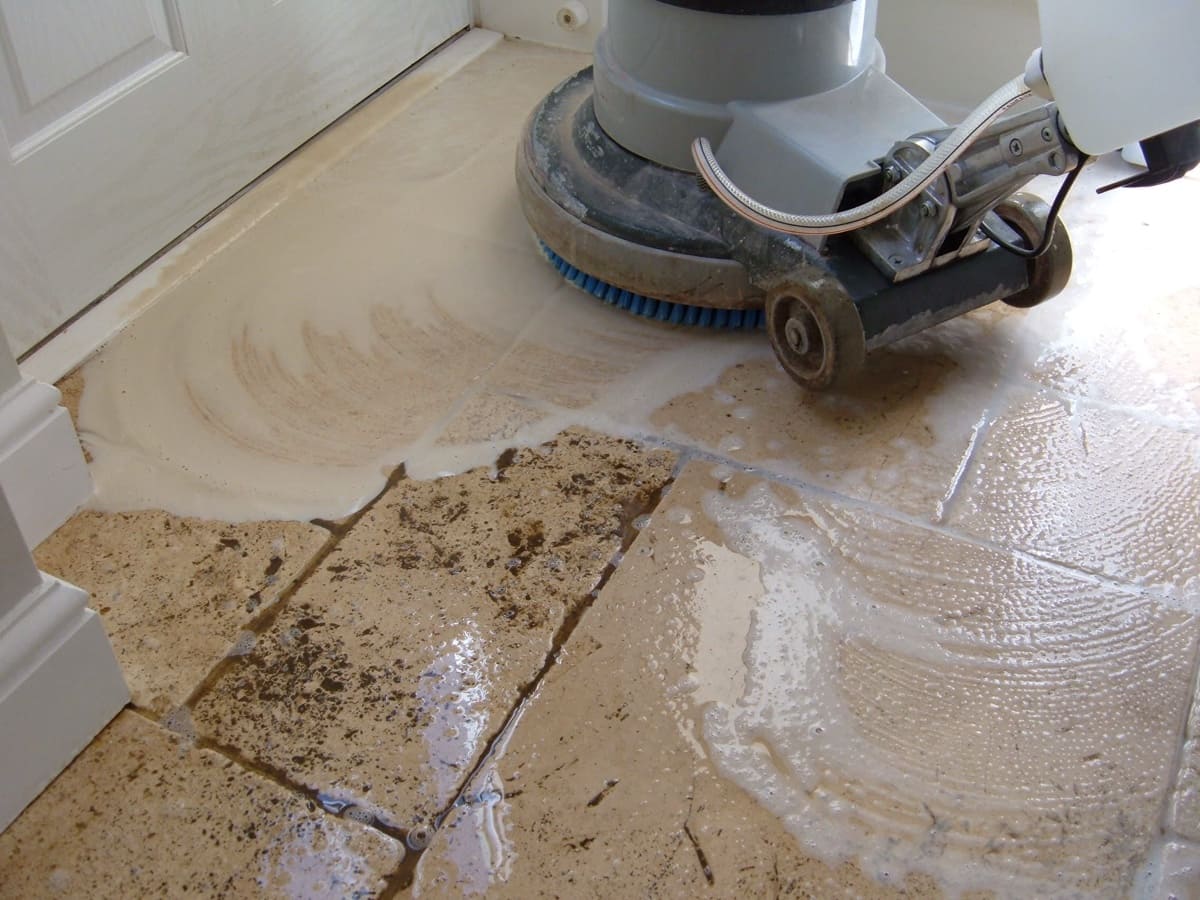

Articles
How To Clean Travertine Floor Tile
Modified: October 20, 2024
Discover effective articles and techniques for cleaning travertine floor tiles. Keep your floors looking pristine with our expert tips and advice.
(Many of the links in this article redirect to a specific reviewed product. Your purchase of these products through affiliate links helps to generate commission for Storables.com, at no extra cost. Learn more)
Introduction
Travertine floor tile is a popular choice for homeowners due to its timeless beauty and durability. However, like any type of flooring, travertine tile requires regular cleaning to keep it looking its best. Cleaning travertine floor tile may seem like a daunting task, but with the right supplies and techniques, you can maintain its natural elegance and extend its lifespan.
In this article, we will guide you through the process of cleaning travertine floor tile step by step. From gathering the necessary supplies to sealing the tile, we will cover everything you need to know to achieve a sparkling clean floor. So put on your cleaning gloves and let’s get started!
Key Takeaways:
- Proper preparation is essential for cleaning travertine floor tile. From removing furniture to identifying stains, taking the necessary steps ensures a smooth and effective cleaning process, preserving the tile’s natural elegance.
- Using gentle cleaning solutions, addressing stubborn stains, and sealing the tile are crucial for maintaining the beauty and longevity of travertine floor tile. By following these steps and tips, homeowners can enjoy stunning, durable flooring for years to come.
Read more: How To Clean Ceramic Floor Tile
Supplies Needed
Before you begin cleaning your travertine floor tile, it’s important to gather all the necessary supplies. Here’s a list of items you’ll need:
- Soft-bristle broom or vacuum cleaner with a soft brush attachment
- Mild pH-neutral stone cleaner specifically formulated for travertine
- Microfiber mop or soft cloth
- Bucket
- Warm water
- Soft bristle brush or sponge
- Old towels or rags
- Travertine sealer (optional)
Make sure to have all these supplies on hand before you begin, as it will make the cleaning process more efficient and effective.
Preparing the Floor
Before you start cleaning the travertine floor tile, it’s essential to prepare the area properly. Follow these steps to ensure the best cleaning results:
- Remove any furniture or objects from the floor. This will give you unobstructed access to the entire surface and prevent any potential damage to your belongings.
- Sweep or vacuum the floor to remove loose dirt and debris. Use a soft-bristle broom or a vacuum cleaner with a soft brush attachment to avoid scratching the surface of the tile.
- If there are any spills or stains on the floor, blot them up immediately with a clean cloth or paper towel. This will prevent the liquid from seeping into the tile and causing discoloration.
- Inspect the floor for any cracked or damaged tiles. If you notice any, it’s best to address them before cleaning. Consult a professional if you’re unsure about how to handle repairs.
By taking these steps to prepare the floor, you’ll ensure that the cleaning process goes smoothly and that you’re able to achieve the best possible results.
Removing Loose Dirt and Debris
After preparing the floor, the next step in cleaning travertine floor tile is to get rid of any loose dirt and debris. Here’s how to do it:
- Start by sweeping the floor with a soft-bristle broom or using a vacuum cleaner with a soft brush attachment. Work in small sections, moving in gentle back-and-forth motions to collect the debris.
- Pay close attention to corners, edges, and hard-to-reach areas where dirt tends to accumulate. Use a dustpan or the vacuum cleaner’s hose attachment to remove the collected dirt and debris.
- If you’re using a vacuum cleaner, make sure it has a brush attachment specifically designed for use on delicate surfaces like travertine. Avoid using a regular brush attachment that could scratch the tile.
Removing loose dirt and debris regularly is essential for maintaining the integrity and appearance of your travertine floor tile. It prevents scratches and keeps the surface looking clean and polished.
Once you’ve removed the loose dirt and debris, you’re ready to move on to the next step: mixing the cleaning solution.
Mixing the Cleaning Solution
When it comes to cleaning travertine floor tile, using the right cleaning solution is crucial to prevent damage and maintain the natural beauty of the stone. Here’s how to mix a gentle and effective cleaning solution:
- Fill a bucket with warm water. The water should be warm, but not hot, as excessive heat can damage the travertine tile.
- Add a small amount of pH-neutral stone cleaner specifically formulated for travertine to the warm water. Follow the instructions on the cleaner’s packaging for the recommended amount.
- Be cautious not to use abrasive cleaners or those containing acidic ingredients, such as vinegar or lemon juice, as they can etch and harm the travertine surface.
- Gently stir the mixture until the cleaner is fully dissolved in the water.
Remember, using harsh or abrasive cleaners can damage the delicate surface of travertine. Stick to pH-neutral cleaners formulated for stone to ensure safety and effectiveness.
With the cleaning solution ready, you’re now prepared to move on to the next step: cleaning the travertine floor tile.
Read more: How To Clean Floor Tile Grout
Cleaning the Travertine Floor Tile
Now that you have prepared the floor and mixed the cleaning solution, it’s time to start cleaning the travertine floor tile. Follow these steps for a thorough and effective cleaning:
- Dip a microfiber mop or a soft cloth into the cleaning solution. Make sure it is damp, not soaking wet.
- Starting from one corner of the room, begin mopping the floor in small sections. Work in a back-and-forth motion, ensuring that the mop or cloth covers the entire surface of the tile.
- Pay special attention to high-traffic areas and areas that are prone to spills or stains. Spend extra time cleaning these spots to ensure all dirt and grime are removed.
- If you encounter any stubborn stains or dirt buildup, use a soft bristle brush or sponge to gently scrub the area. Avoid applying excessive pressure as it may damage the tile surface.
- Continue mopping and scrubbing the floor until you have covered the entire area.
- Periodically rinse the mop or cloth in the bucket of cleaning solution and wring out any excess liquid. This will prevent smearing dirt and maintain the cleanliness of the mop or cloth.
It’s crucial to use a gentle touch and avoid using excessive water when cleaning travertine floor tile. Water left sitting on the surface can penetrate the stone and cause damage over time.
Once you have finished cleaning the travertine floor tile, it’s time to address any stubborn stains that may remain.
Use a pH-neutral cleaner and a soft mop to clean travertine floor tile. Avoid using acidic or abrasive cleaners, as they can damage the stone. Always wipe up spills promptly to prevent staining.
Removing Stubborn Stains
While regular cleaning should remove most stains from travertine floor tile, some stubborn stains may require extra attention. Here’s how to tackle those unsightly blemishes:
- Identify the type of stain you are dealing with. Common types of stains on travertine include food and beverage spills, oil or grease stains, and water spots.
- For food and beverage stains, create a poultice by mixing a small amount of baking soda with water to form a paste. Apply the paste to the stain and let it sit for several hours or overnight. Then, gently scrub the area with a soft bristle brush or sponge and rinse with water.
- For oil or grease stains, blot the stain immediately with a clean cloth to remove as much of it as possible. Next, create a cleaning solution by mixing a few drops of a mild dish soap with warm water. Apply the solution to the stain and use a soft bristle brush or sponge to gently scrub the area. Rinse thoroughly with water.
- For water spots, dampen a soft cloth with distilled water and gently rub the stains. If the water spots persist, you may need to use a stone-safe cleaner specifically formulated to remove mineral deposits. Follow the instructions on the cleaner’s packaging for best results.
- If the stain persists, it is best to consult a professional stone cleaner or restoration expert who can provide specialized products and techniques to effectively remove the stain without causing damage to the travertine tile.
Remember to always test any cleaning solution on a small, inconspicuous area of the travertine floor tile before applying it to the stain. This will ensure that the cleaner does not cause any discoloration or damage to the surface.
With the stains removed, let’s move on to the next step: drying and buffing the floor.
Drying and Buffing the Floor
After cleaning and removing any stubborn stains from your travertine floor tile, it’s important to properly dry and buff the surface to restore its natural shine. Follow these steps for a flawless finish:
- Use old towels or rags to carefully dry the travertine floor. Make sure to remove all excess moisture from the tile.
- Pay attention to any corners or crevices where water may accumulate. Thoroughly dry these areas to prevent water spots or damage.
- Once the floor is dry, take a clean microfiber cloth or mop and gently buff the surface in circular motions. This will help bring out the natural luster of the travertine tile.
- Continue buffing the floor until you achieve the desired shine and remove any streaks or smudges.
It’s important to avoid using abrasive materials or harsh chemicals during the drying and buffing process, as they can damage the delicate surface of the travertine tile. Stick to soft cloths or microfiber mops for the best results.
With the floor dried and buffed, you have successfully completed the cleaning process for your travertine floor tile. The final step is optional but highly recommended: sealing the tile.
Sealing the Travertine Floor Tile
Sealing your travertine floor tile is an optional but beneficial step that helps protect the stone from stains, spills, and everyday wear and tear. Sealing creates a protective barrier on the surface of the tile, preventing liquids from penetrating and causing damage. Here’s how to seal your travertine floor tile:
- Ensure that the travertine floor is clean and completely dry before applying the sealer.
- Choose a high-quality sealer specifically designed for travertine. Make sure to read the product instructions and follow them carefully.
- Pour a small amount of sealer into a clean container or use a brush that comes with the sealer product.
- Starting from one corner of the room, apply the sealer to the travertine floor tile in even, overlapping strokes. Use a brush or a soft cloth to spread the sealer across the surface.
- Allow the sealer to penetrate the tile for the recommended amount of time specified by the manufacturer. This typically ranges from 5 to 15 minutes.
- After the specified time, check for any excess sealer that has not been absorbed by the travertine. If there is any, use a clean cloth to gently wipe it away.
- Allow the sealer to fully dry and cure according to the product instructions before walking on the floor or placing furniture back in the room.
Remember, sealing your travertine floor tile should be done periodically, as recommended by the manufacturer or professional guidelines. This will help maintain the protective barrier and prolong the life and beauty of your tile.
With the tile sealed, you have successfully completed the cleaning and maintenance process for your travertine floor. Just keep in mind that regular cleaning and proper care are essential to preserve the natural beauty and longevity of your flooring.
Read more: How To Clean Shower Floor Tile
Tips and Warnings
When it comes to cleaning and maintaining your travertine floor tile, here are some important tips and warnings to keep in mind:
Tips:
- Regularly sweep or vacuum your travertine floor to prevent dirt and debris from scratching the surface.
- Place mats or rugs at entryways to trap dirt and prevent it from being tracked onto the tile.
- Wipe up spills immediately to prevent staining or etching of the travertine.
- Use coasters or mats under glasses, bottles, and other objects to protect against potential water rings or damage from acidic substances.
- Test any cleaning or sealing products on a small, inconspicuous area before using them on the entire floor.
- Consider using a pH-neutral stone cleaner specifically formulated for travertine for routine cleaning.
- Protect the floor when moving heavy furniture by using furniture sliders or placing a protective barrier.
Warnings:
- Avoid using harsh or acidic cleaners, such as vinegar, lemon juice, or bleach, as they can damage the travertine floor tile.
- Do not use abrasive tools, such as steel wool or scouring pads, as they can scratch the surface of the tile.
- Be cautious when using furniture with metal or sharp edges, as they can scrape or chip the travertine tile.
- Do not use excessive water when cleaning the floor, as it can penetrate the stone and cause damage over time.
- If you’re unsure about the proper maintenance or cleaning technique for your travertine floor, consult a professional stone cleaner or restoration expert.
By following these tips and heeding the warnings, you can effectively clean and maintain your travertine floor tile, keeping it looking beautiful for years to come.
Now that you have all the information you need, you can confidently care for your travertine floor and enjoy its timeless elegance and durability.
Conclusion
Cleaning travertine floor tile may seem like a daunting task, but with the right supplies and techniques, it becomes a manageable and rewarding process. By following the steps outlined in this article, you can maintain the natural beauty and durability of your travertine flooring for years to come.
From preparing the floor to removing stubborn stains, each step plays a crucial role in achieving a clean and polished look. Remember to use gentle cleaning solutions, avoid abrasive tools, and promptly address spills and stains to prevent damage. Additionally, sealing the tile provides an extra layer of protection and enhances its longevity.
By incorporating some simple tips, such as regular sweeping, using coasters, and testing cleaning products, you can effectively care for your travertine floor tile. These practices will help maintain its elegance, prevent scratches and stains, and ensure that it remains a stunning focal point in your home.
While necessary precautions and regular maintenance are important, it’s also essential to seek professional assistance if you’re unsure about a particular cleaning or maintenance technique. Professionals can provide expertise and guidance to address any specific concerns related to your travertine floor tile.
By investing time and effort into cleaning and maintaining your travertine floor tile, you can enjoy its timeless beauty and durability for years to come. So roll up your sleeves, gather your supplies, and get ready to transform your travertine floor into a shining masterpiece!
Frequently Asked Questions about How To Clean Travertine Floor Tile
Was this page helpful?
At Storables.com, we guarantee accurate and reliable information. Our content, validated by Expert Board Contributors, is crafted following stringent Editorial Policies. We're committed to providing you with well-researched, expert-backed insights for all your informational needs.

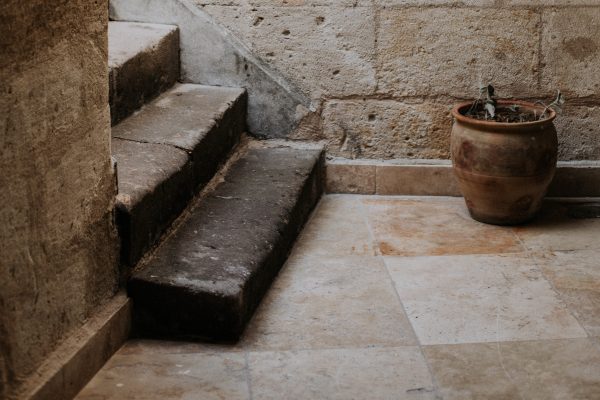
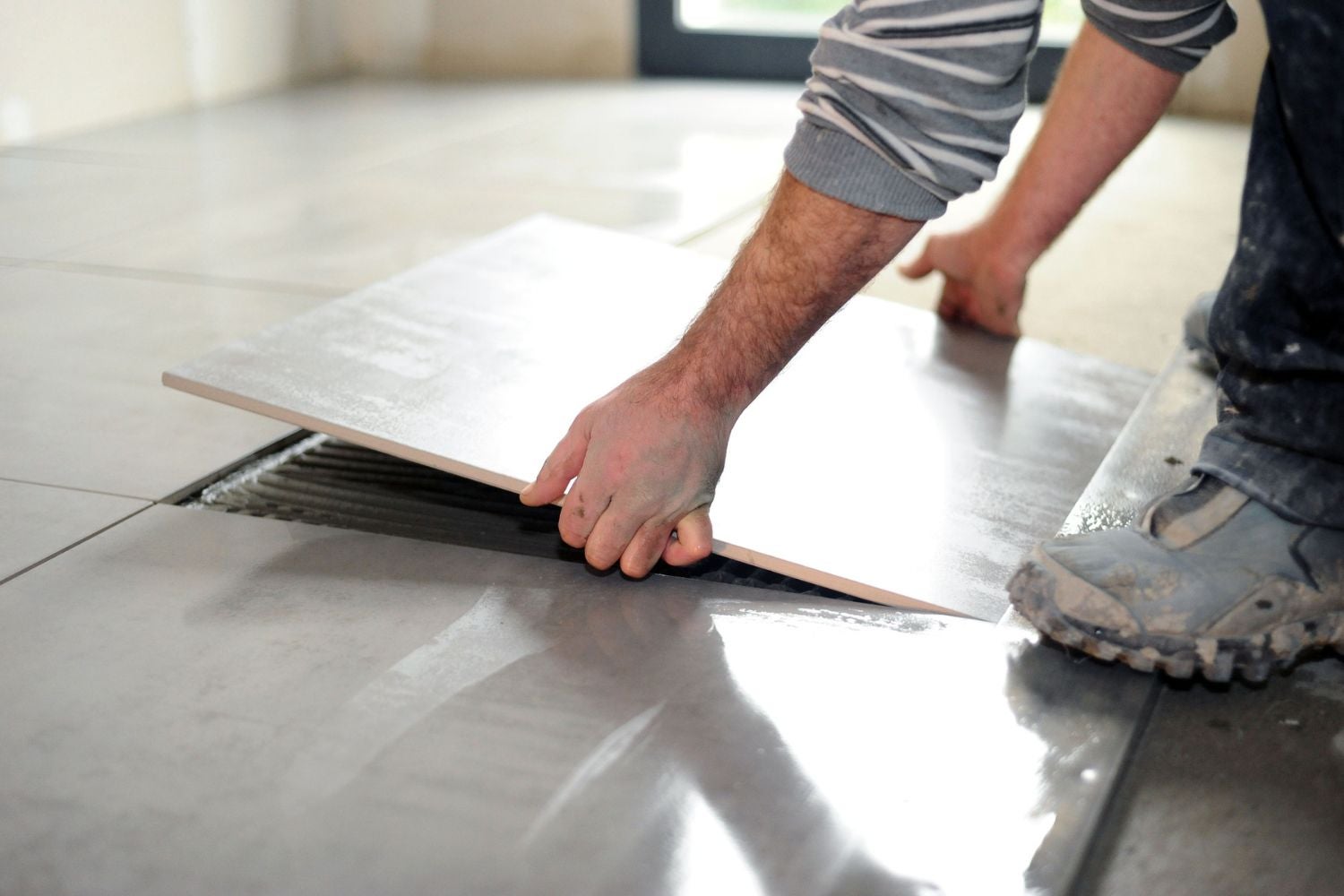
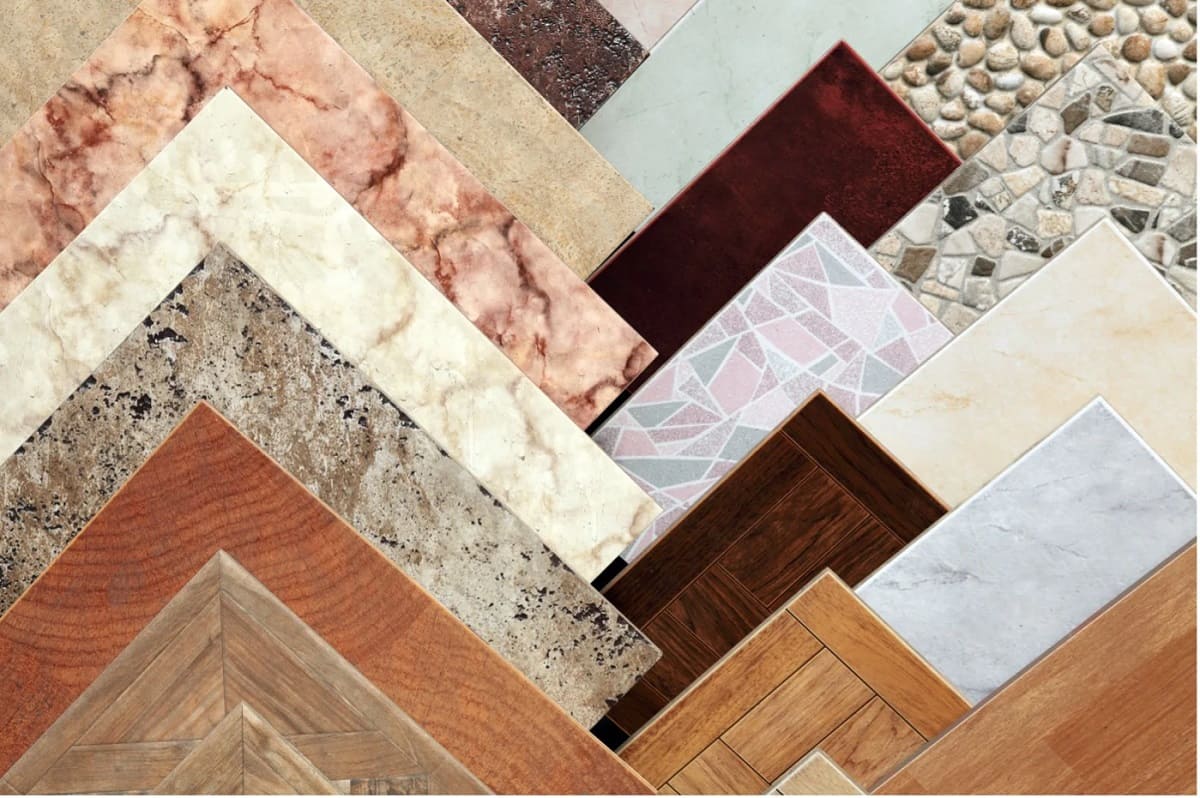

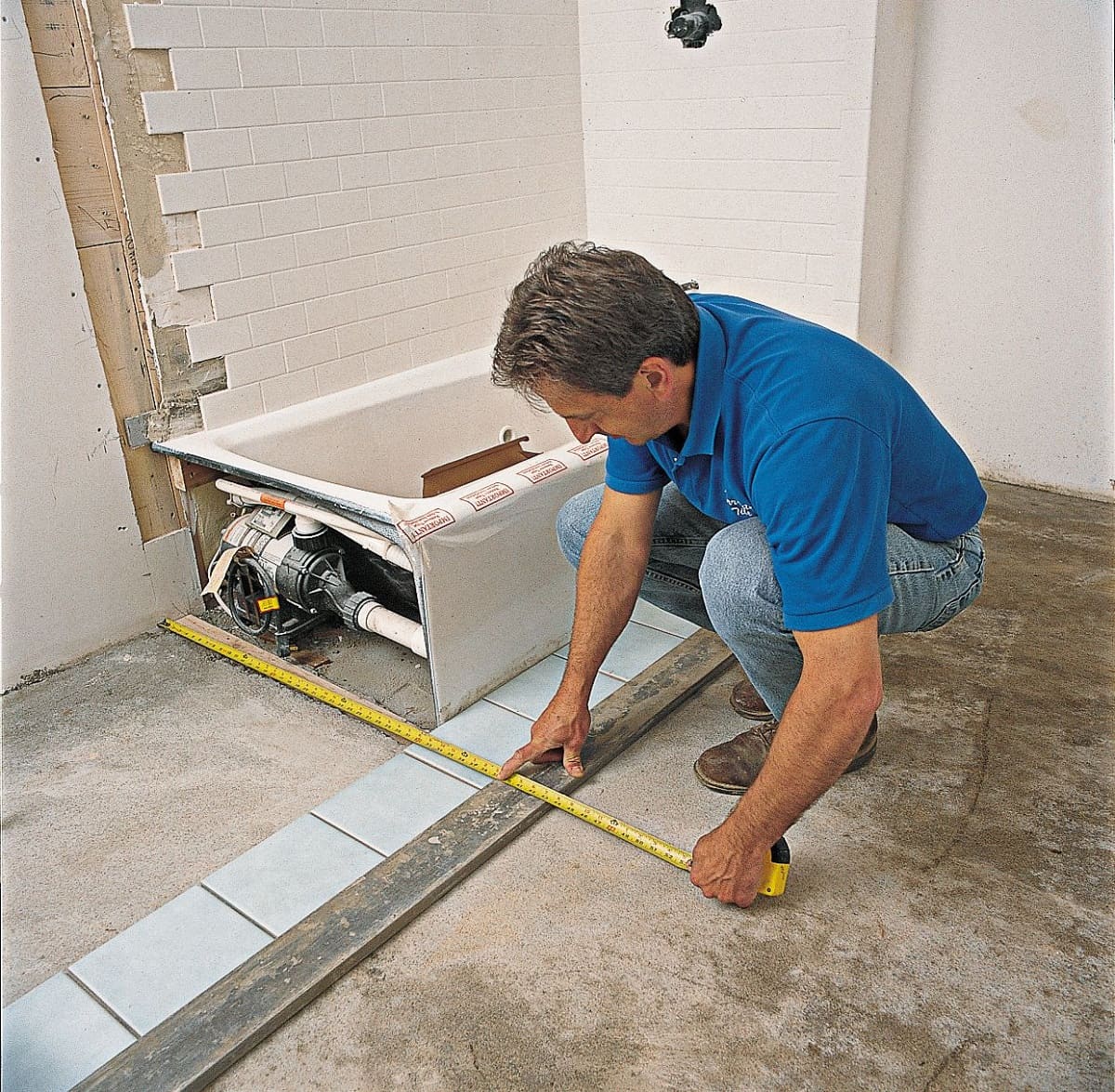
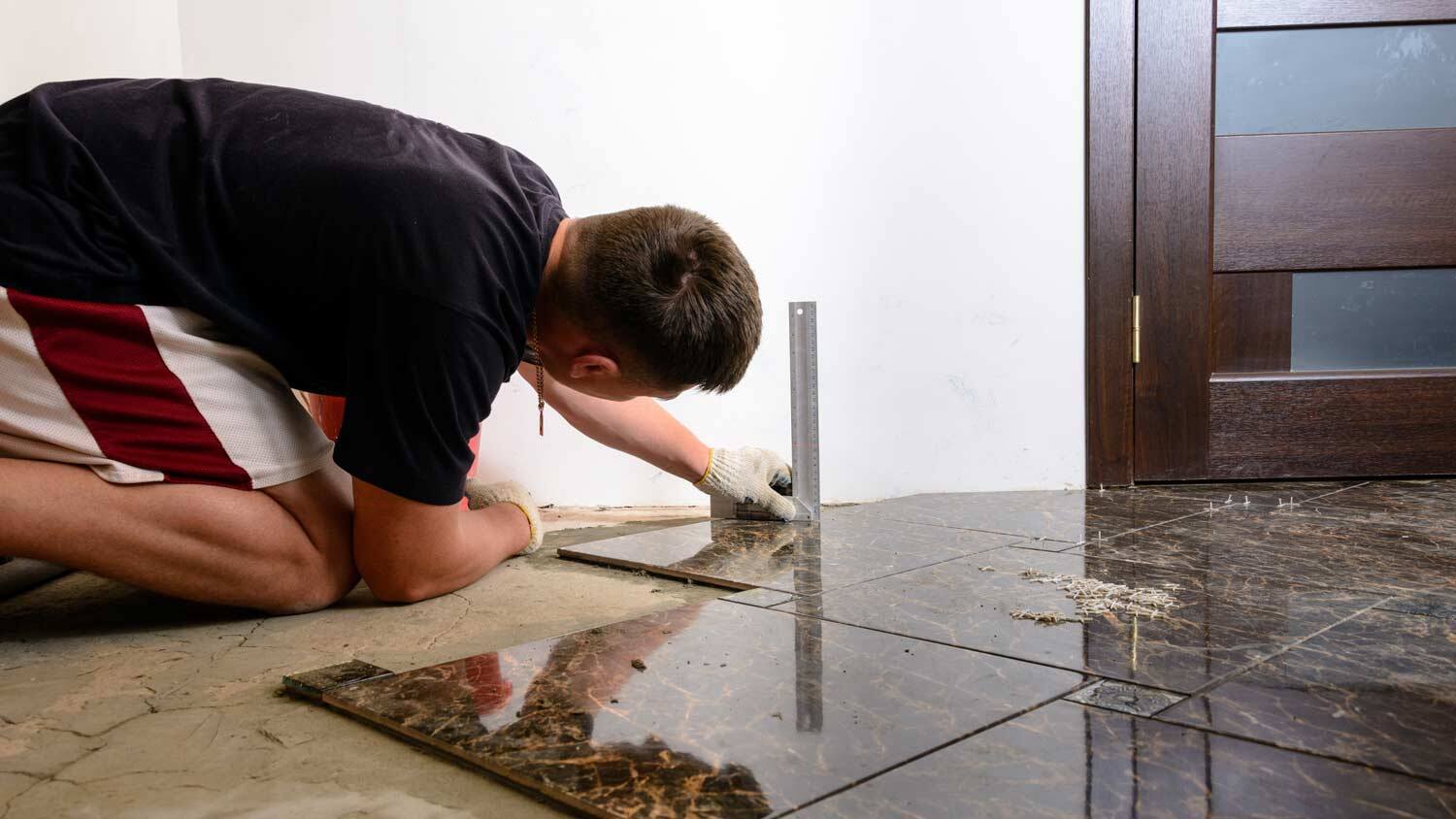
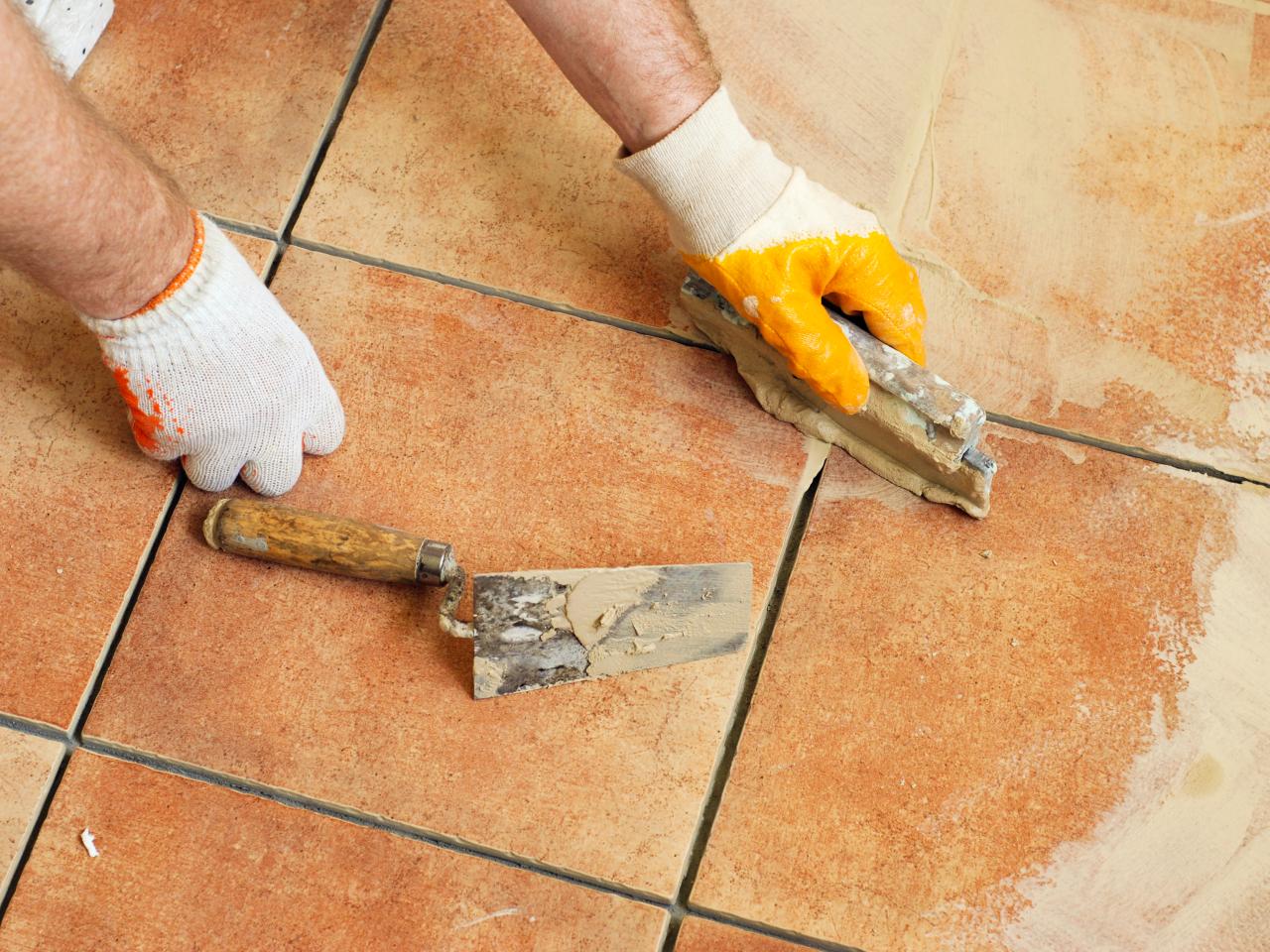
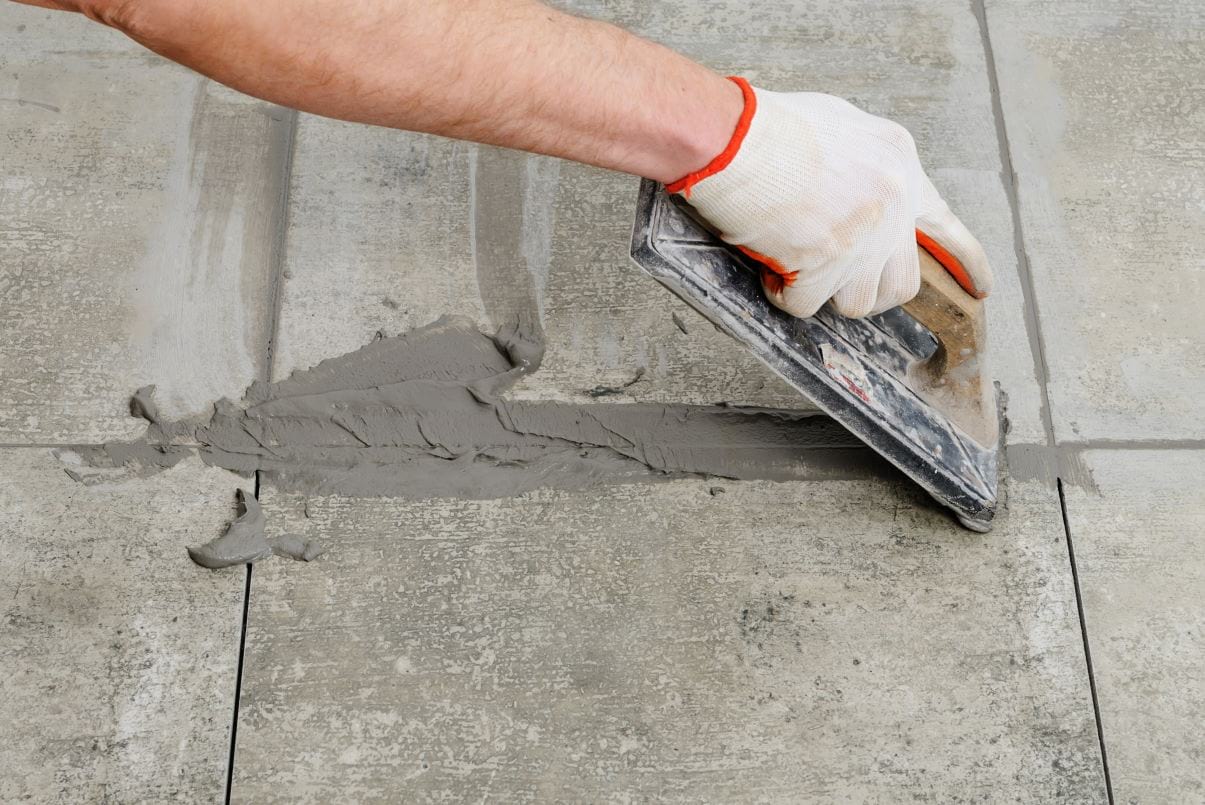

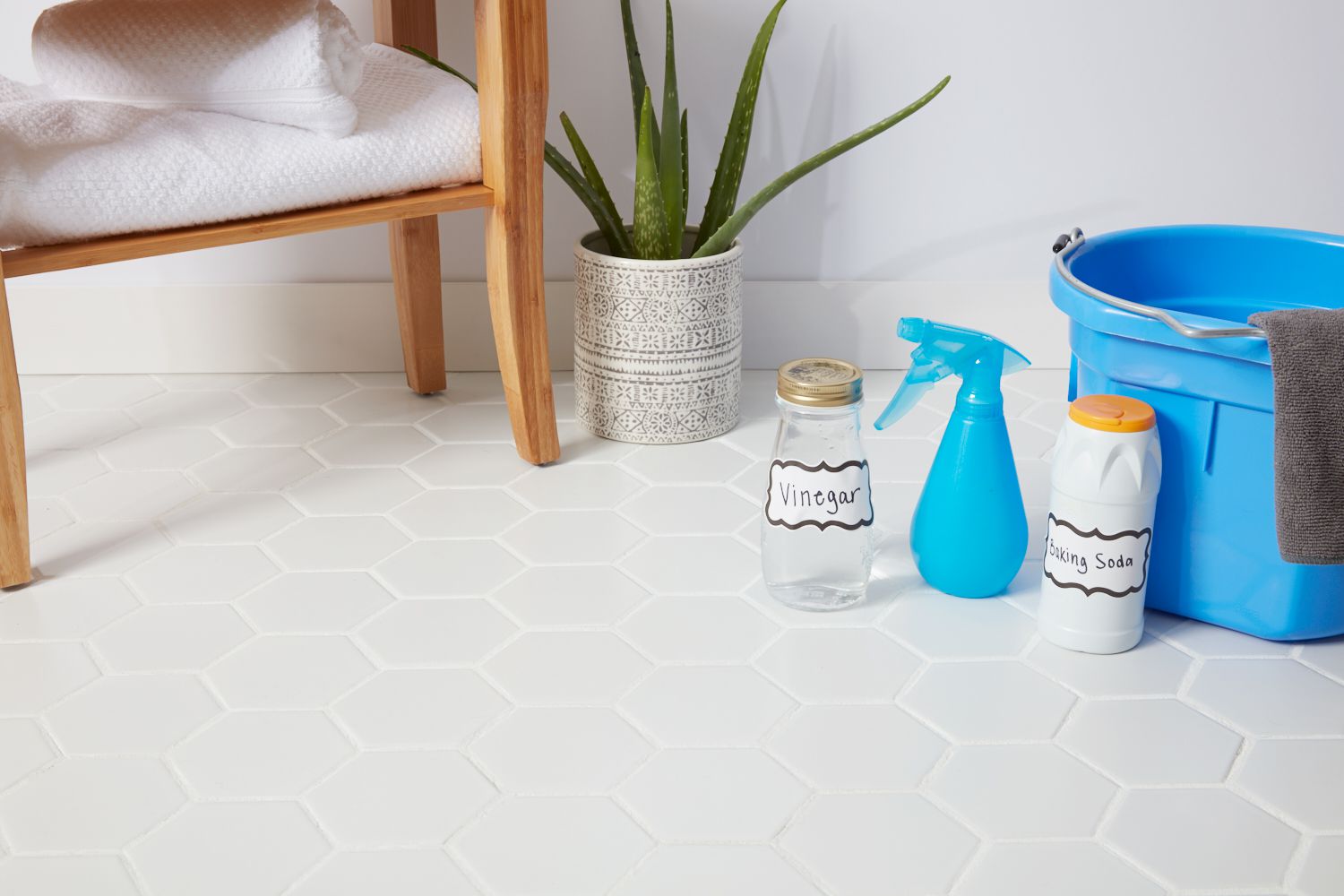
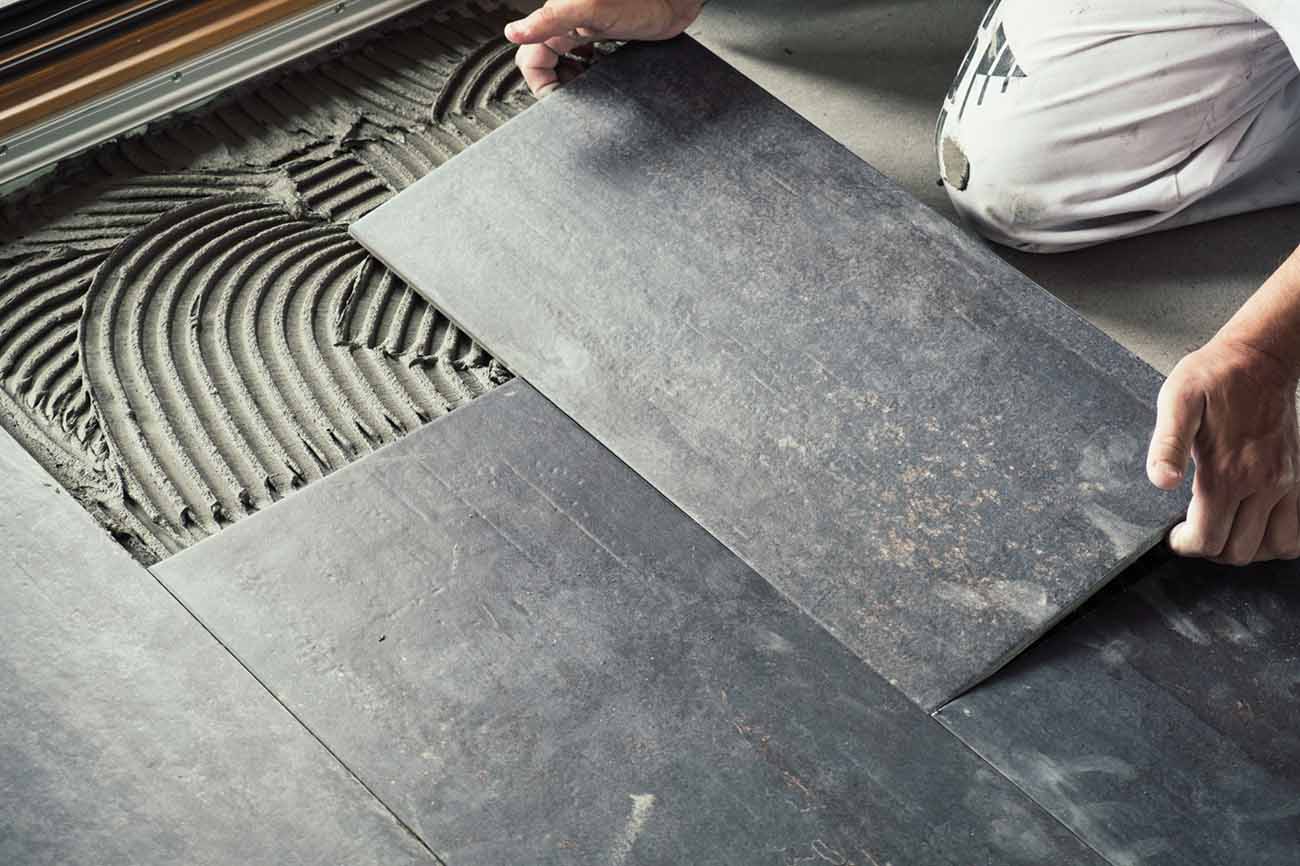
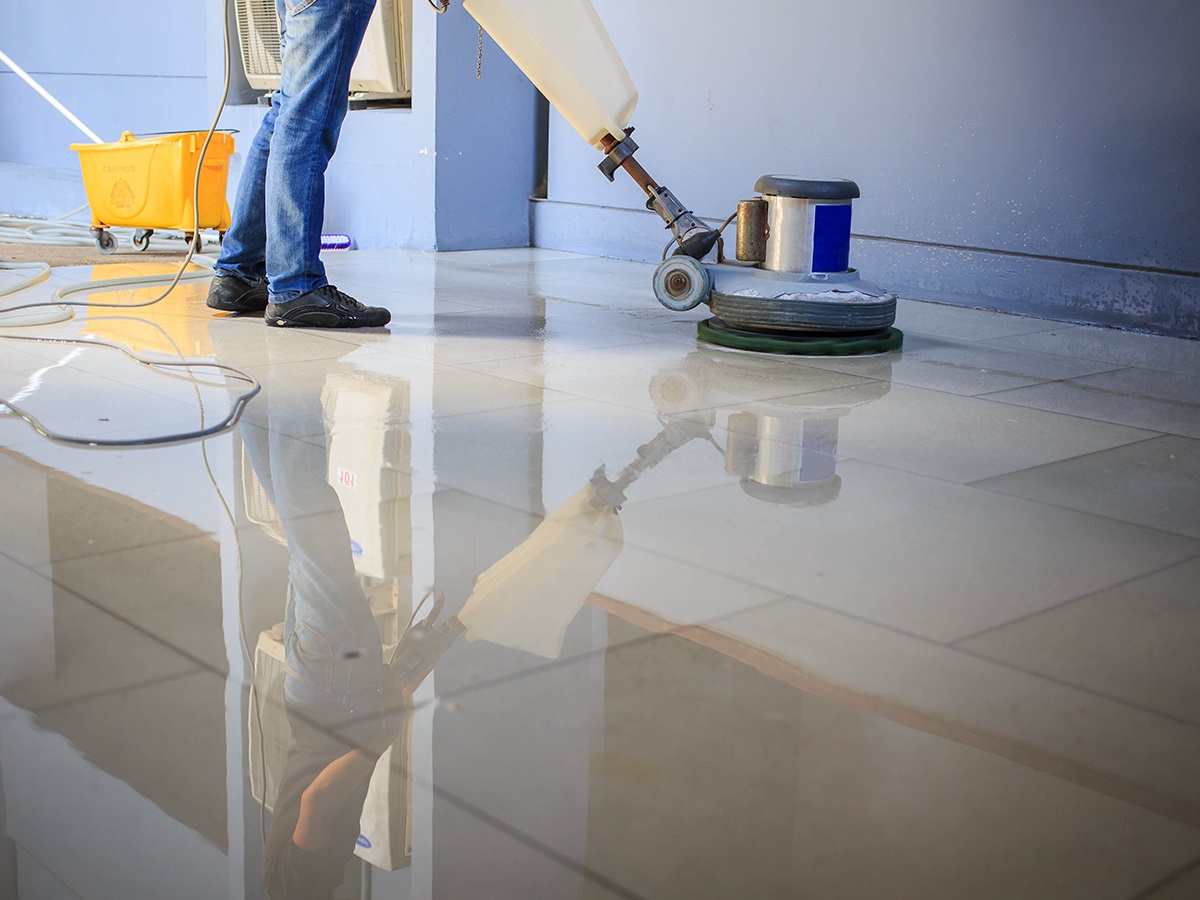

0 thoughts on “How To Clean Travertine Floor Tile”